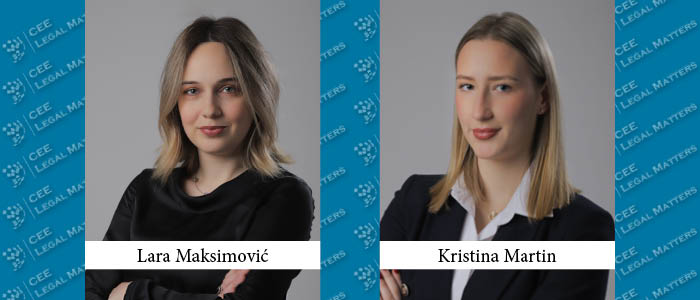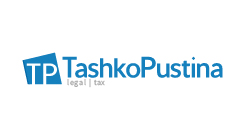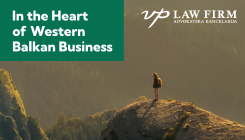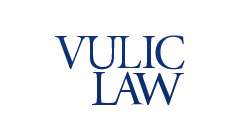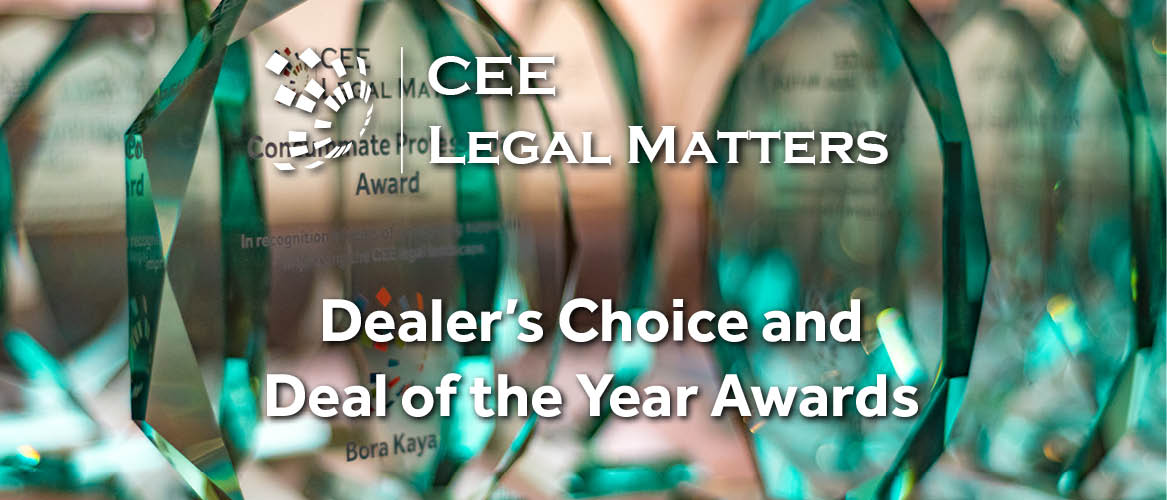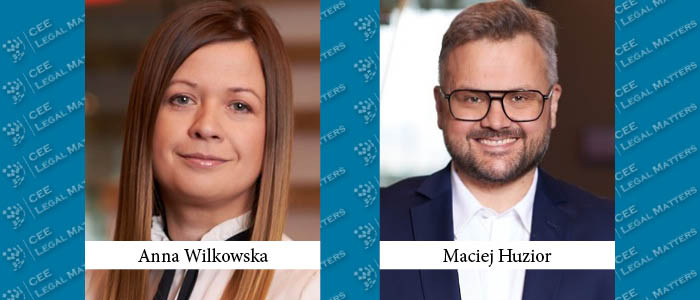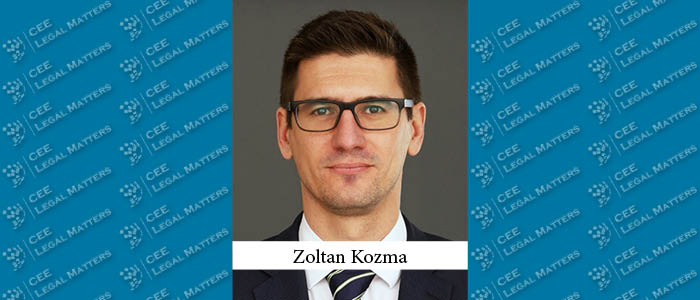In December 2023, The New York Times (“NYT”) filed a lawsuit against Microsoft and OpenAI for alleged copyright infringement and misuse of intellectual property, all related to the popular AI chatbot ChatGPT.
Subject of dispute
In this lawsuit, NYT is claiming “for Microsoft and OpenAI to be held accountable for billions of dollars in damages due to unauthorized copying and use of NYT’s work.”
This is because ChatGPT uses publicly available texts published by NYT, specifically parts of them or the information contained therein, without permission from the original source, and in a way that the content ChatGPT offers is significantly similar to the original material.
NYT believes that such business model is based on copyright infringement, whereby Microsoft and OpenAI directly compete with their content and limit NYT’s commercial opportunities by altering the content of the sites from which ChatGPT retrieves data (e.g., by removing links to NYT content, thus depriving them of publicity and revenue).
However, this is not the first dispute against Microsoft and OpenAI regarding ChatGPT. NYT’s attorneys also represent numerous other entities that have sued these companies for alleged use of copyrighted works in developing or training this chatbot.
Conclusion
The dispute between artificial intelligence and intellectual property protection raises numerous questions regarding boundaries and responsibilities in the digital age. In other words, it raises the question of whether a compromise is possible that will allow for the advancement of artificial intelligence while simultaneously protecting copyright and intellectual property. This subject certainly requires extensive and thorough consideration, with the participation of relevant stakeholders from both the private and public sectors.
This article is to be considered as exclusively informative, with no intention to provide legal advice. If you should need additional information, please contact us directly.
By Lara Maksimovic, Senior Associate, and Kristina Martin, Junior Associate, PR Legal

